When should I start mowing my lawn in spring? Garden experts reveal secrets to getting the timing right
Cutting your grass too early or too late could impact its health and appearance this season
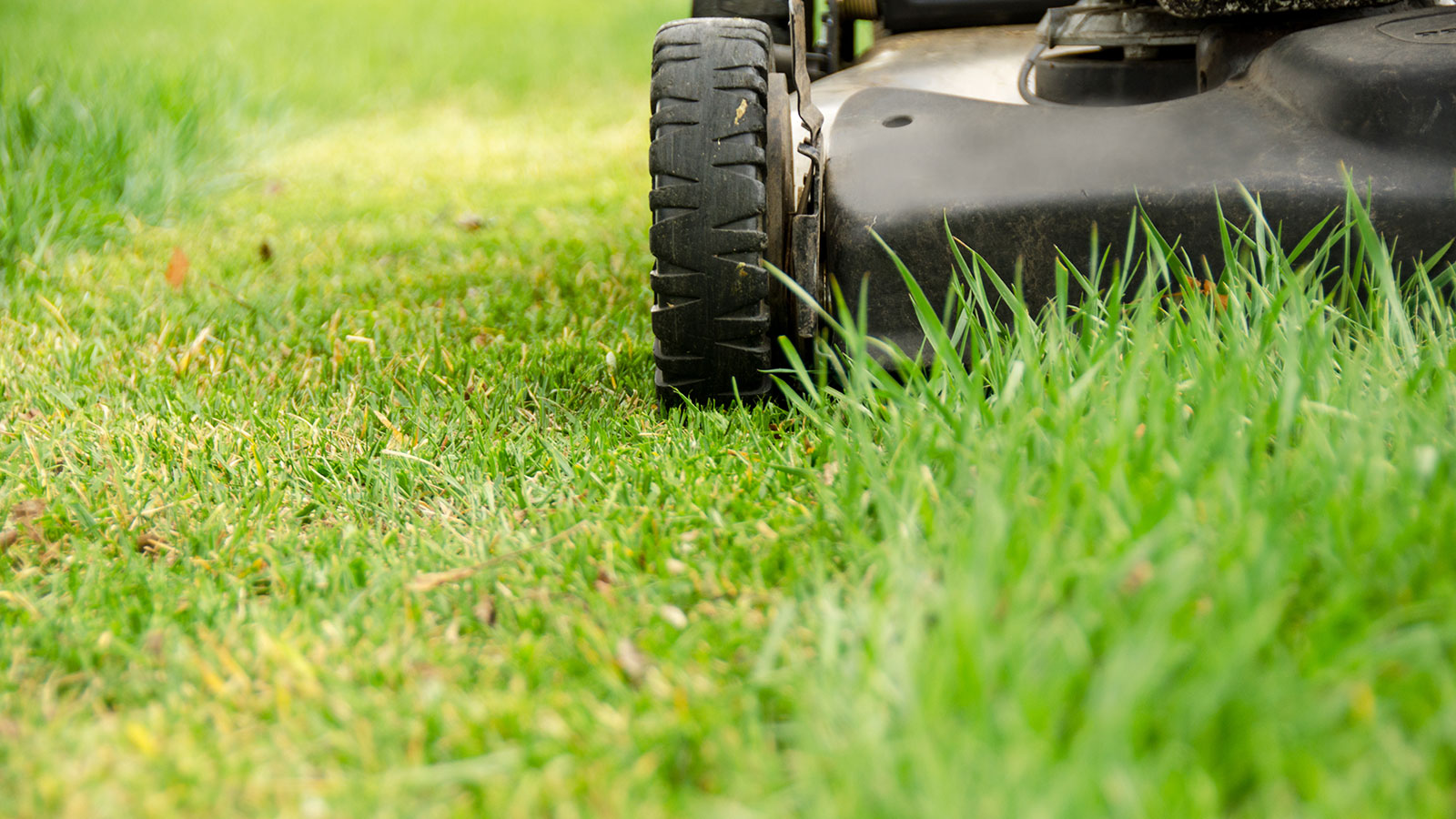
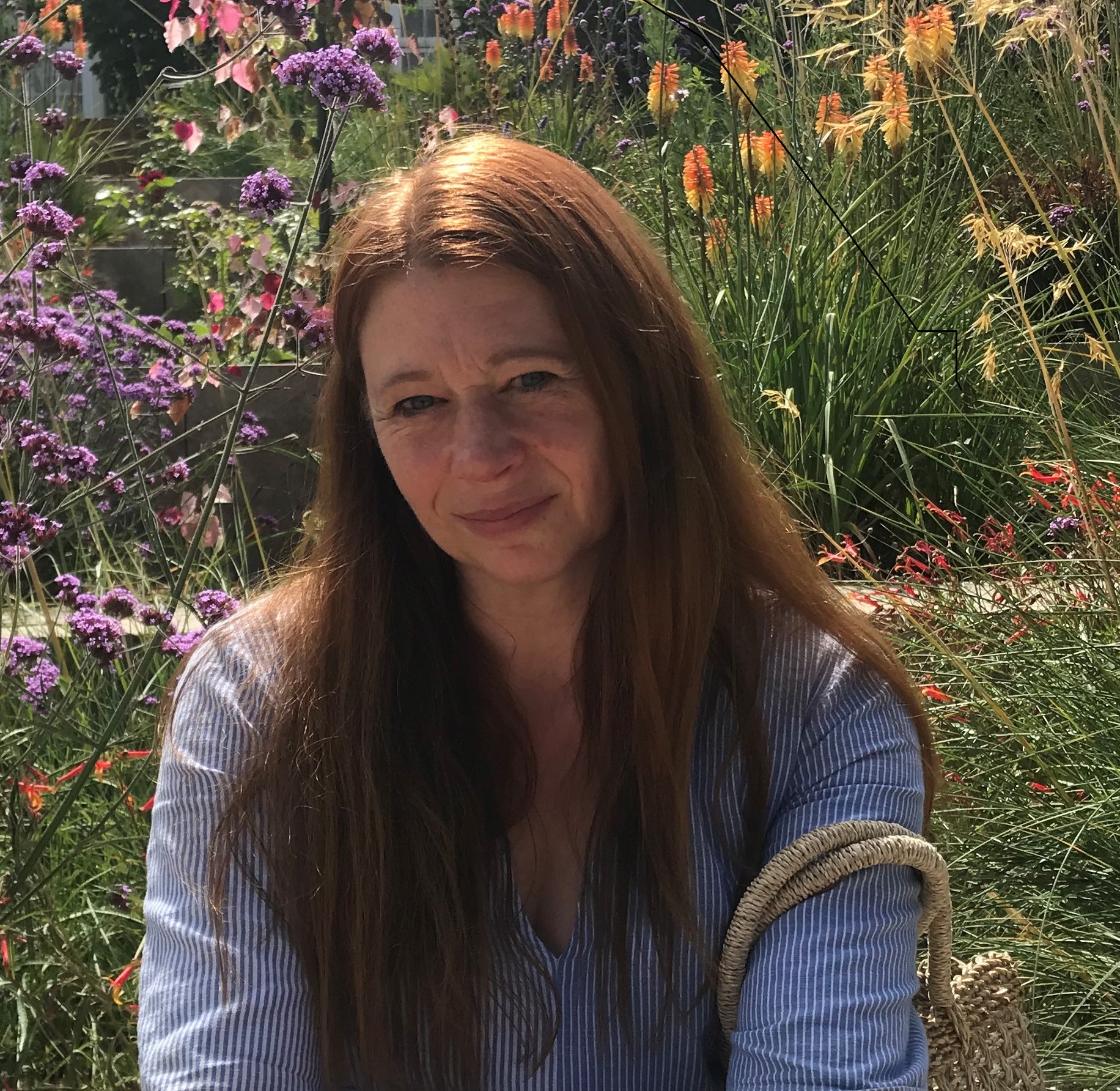
As spring arrives, you might be able to feel the warmth of the sun and hear the birds singing, but does that mean it's now time to start mowing your lawn? If you're not sure whether you should be firing up the mower just yet, help is at hand.
Although you might be up to speed with how often to mow a lawn, knowing when to begin mowing at the start of the growing season can seem more problematic. Too late and you could be faced with pushing the mower through long, unruly grass causing untold damage; too early and there are fears of it never recovering.
According to the lawn experts, however, there’s no set date in spring lawn care to give your lawn the first cut of the year, but it turns out there a few key signs to look out for. To help take the stress out of the all-important decision in answer to 'when should I start mowing my lawn in spring?' We’ve consulted garden experts on the matter. Here's what they advise.
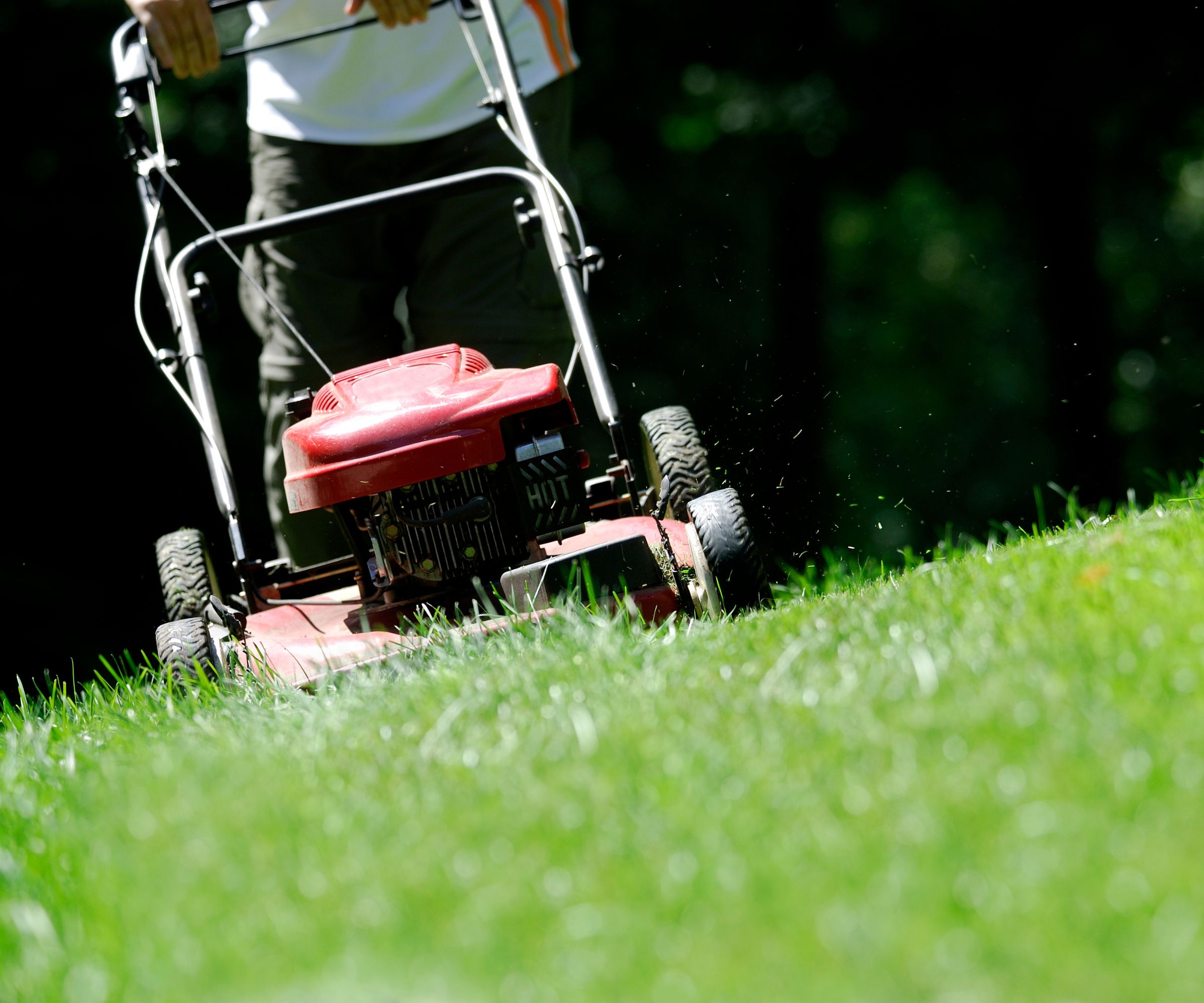
When should I start mowing my lawn in spring?
‘There is no specific date at which to begin mowing your lawn in the spring,’ says Eric DeBoer, agronomist and Assistant Professor at LSU AgCenter. ‘If soil temperatures have risen north of 50°F your grass is probably initiating some sort of growth.
'It can be good to get out there pretty early on, as sort of hitting the reset button prior to beginning the year. Just don't wait too long, where you will be scalping really long grass; this can be counterproductive.’
With that in mind, garden experts say there are a few tell-tale signs it's time to get your lawn mower out:
Observe your lawn's growth before mowing

The exact date you should start cutting the lawn after winter really depends on a few different factors, such as your location, the current climate and the condition of the lawn.
‘In general, you should wait until the grass has started to grow actively and is at least three inches tall before you begin mowing,’ says Stacie Krljanovic, head groundkeeper in Houston, TX and an advisor for Patio Productions. ‘In many areas, the spring season brings a period of rapid grass growth, and you may need to mow your lawn as often as once a week to keep it looking neat and healthy.’
This stage of growth often occurs around mid to late March in cooler and temperate regions, but it’s well worth monitoring the growth rate for a few of weeks before deciding to dust the mower off.
Another reason to allow your lawn to first grow a few inches tall is it will 'allow the grass to fill out evenly and help prevent scalping,' notes Lina Cowley, garden expert and Senior Editor at TrimmedRoots.com.

Eric is an agronomist and Assistant Professor at LSU AgCenter. Eric advises on a wide range of lawn care matters.
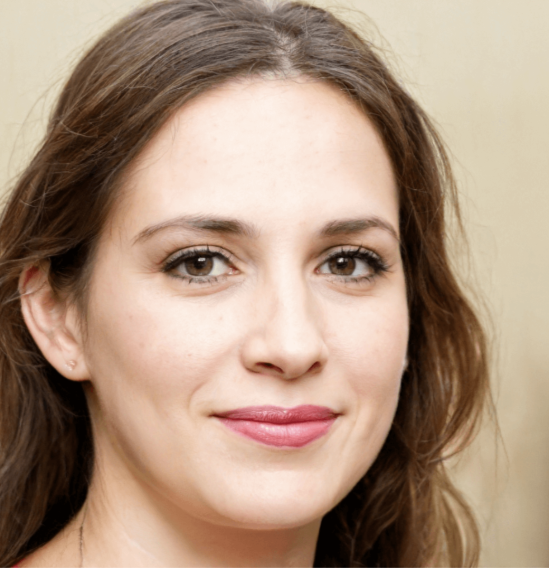
Lina Cowley is a Master Botanist and Senior Editor at Trimmed Roots. She has a deep-rooted passion for plants and extensive knowledge in botany. Her expertise is in plant care, garden design, and sustainable gardening practices.
Check the condition of your lawn before mowing

Besides temperature and climate, there are few other factors that can influence your lawn’s growth rate and when you'll need to get your lawn mower out for the first cut of the season.
‘If your lawn is in good condition and has been properly cared for throughout the fall and winter, it should be ready for mowing by late March or early April,' says Stacie. 'However, if your lawn is in poor condition, it may need some extra care and attention before you start mowing. This might include dethatching, aerating your lawn, fertilizing your lawn, and overseeding, all of which can promote healthy grass growth and prepare the lawn for the growing season.
'In any case, it's a good idea to keep an eye on the condition of your lawn and adjust your mowing schedule as needed to ensure that the grass is growing healthily and looking its best.’
Getting the best mower height for a spring lawn is also a good idea to ensure you're cutting it properly early in the season and avoiding lawn mower mistakes.
Get your spring lawn in shape with these essential tools

This lawn spike aerator is equipped with 12 sturdy solid metal spikes for more coverage.

Stacie has been working in landscaping for 15 years and has been a lead groundkeeper for the last five, and loves it. As well as this, she works as an advisor at Patio Productions.
FAQs
When should you avoid cutting the grass in spring?
If you've recently planted grass seed, cutting a newly sown lawn too early can halt its development resulting in a sparse and patchy lawn. Make sure you wait until the grass blades have grown to at least two inches tall before mowing for the first time. Set mower blades high to avoid stressing the plants and allow a rest period of five-to-seven days before repeating.
Cutting the grass too early or too late in the day can also cause problems. Mowing too early when dew is still on the ground can cause the mower blades to clog up and grass to be pulled rather than cut. A cut in late afternoon or evening can lead to fungal spores taking hold and developing overnight.
Knowing the answer to 'when should I start mowing my lawn in spring?' isn't the only thing to prioritise on your spring gardening checklist. Make sure to apply the best fertilizer for grass in spring, too, to encourage a thick, green lawn for the warmer months.
Sign up to the Homes & Gardens newsletter
Design expertise in your inbox – from inspiring decorating ideas and beautiful celebrity homes to practical gardening advice and shopping round-ups.

Journalist Jill Morgan has spent over 20 years writing and editing gardening, interior and property features. Titles she has worked on include The English Home, House Beautiful, Ideal Home, Houzz and Modern Gardens and she writes regularly for H&G as a Contributing Editor. Whilst she is a dab hand at renovation projects and DIY, she is happiest when out digging in the garden or planning a new border.
You must confirm your public display name before commenting
Please logout and then login again, you will then be prompted to enter your display name.
-
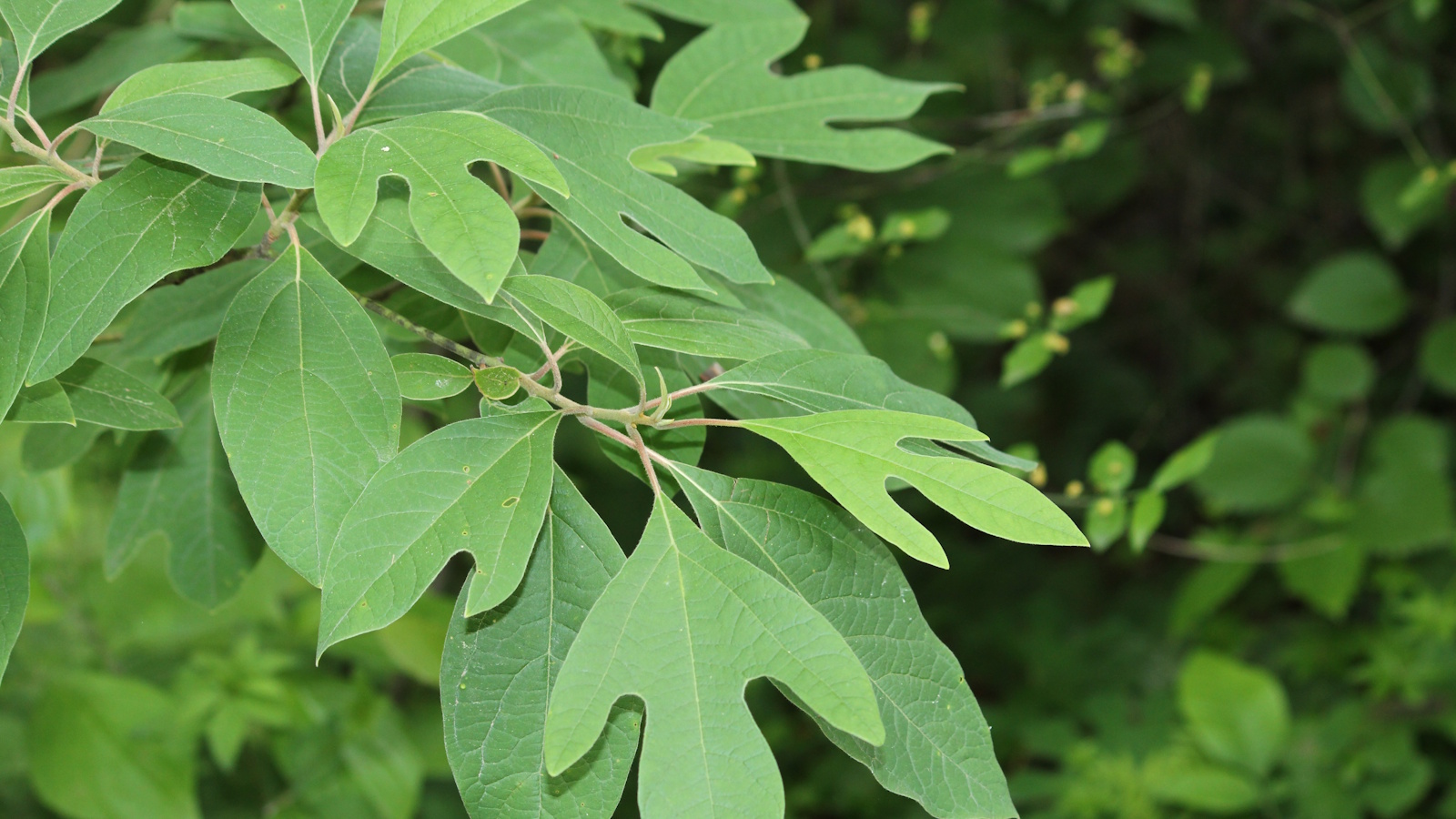 How to grow sassafras – for a low-maintenance native tree that can even be planted in shady yards
How to grow sassafras – for a low-maintenance native tree that can even be planted in shady yardsFor an easy-to-grow North American tree, you will not find much better than sassafras
By Thomas Rutter
-
 'Big results before you know it' – Experts urge you to use the ‘Take Away 10’ method for simple decluttering with zero decision fatigue
'Big results before you know it' – Experts urge you to use the ‘Take Away 10’ method for simple decluttering with zero decision fatigueIt can cut hundreds of items from your home in just a few weeks
By Ottilie Blackhall
-
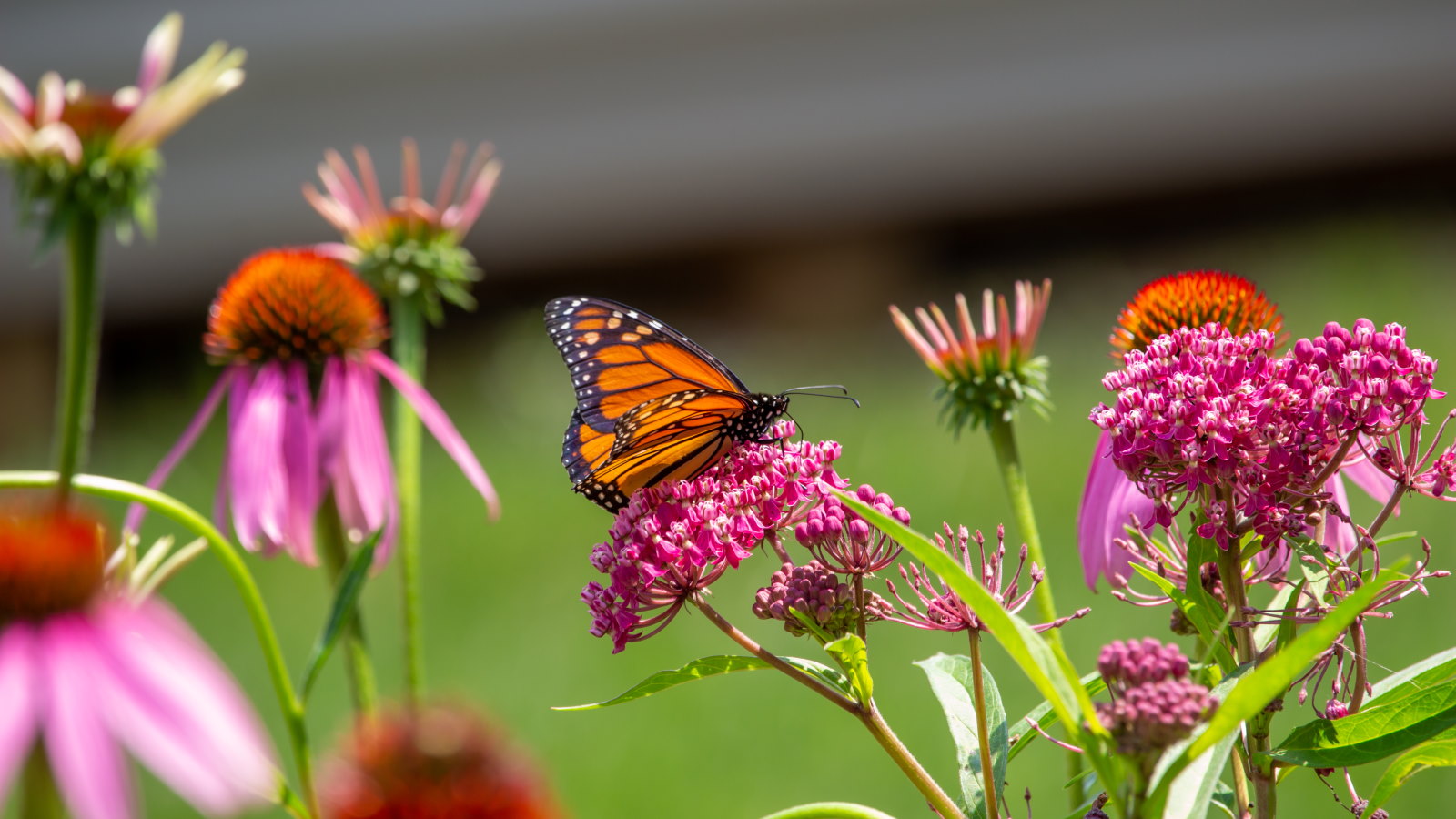 7 native perennials to plant in April – for glorious flowering displays to attract bees, butterflies, and hummingbirds
7 native perennials to plant in April – for glorious flowering displays to attract bees, butterflies, and hummingbirdsDiscover some of the best perennials to plant in April to make your garden a hotspot for wildlife
By Drew Swainston
-
 7 shrubs to plant in April to transform beds and borders – including native plants and bushes suitable for dry or wet spots
7 shrubs to plant in April to transform beds and borders – including native plants and bushes suitable for dry or wet spotsThese shrubs can bring flowers, texture, and fragrance, as well as attracting beneficial insects and birds
By Drew Swainston
-
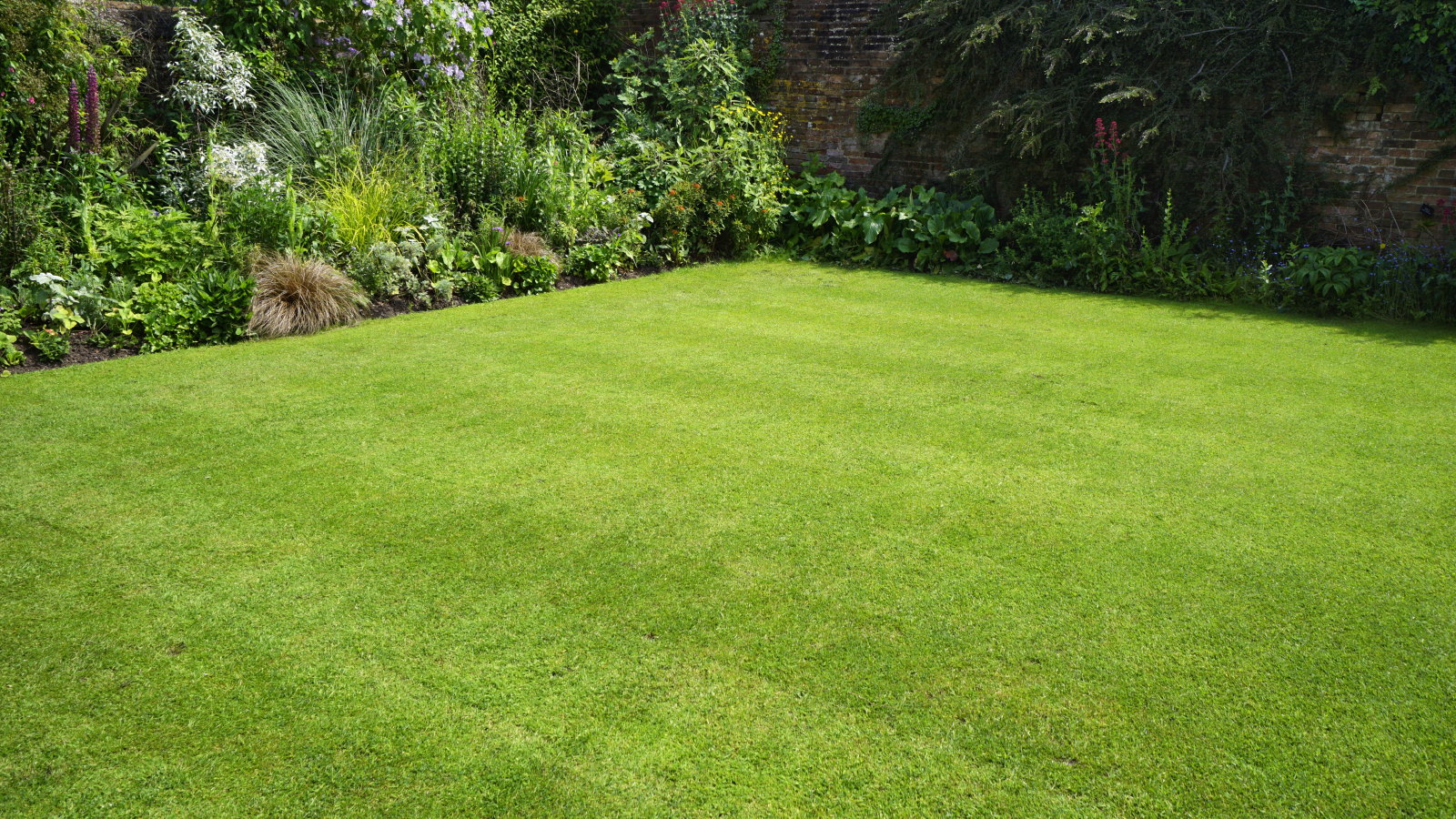 I'm a lawn care expert, and always do these 7 jobs in April to ensure thick, green grass all summer long
I'm a lawn care expert, and always do these 7 jobs in April to ensure thick, green grass all summer longTransform your lawn with these simple yet highly effective April lawn care tasks
By Drew Swainston
-
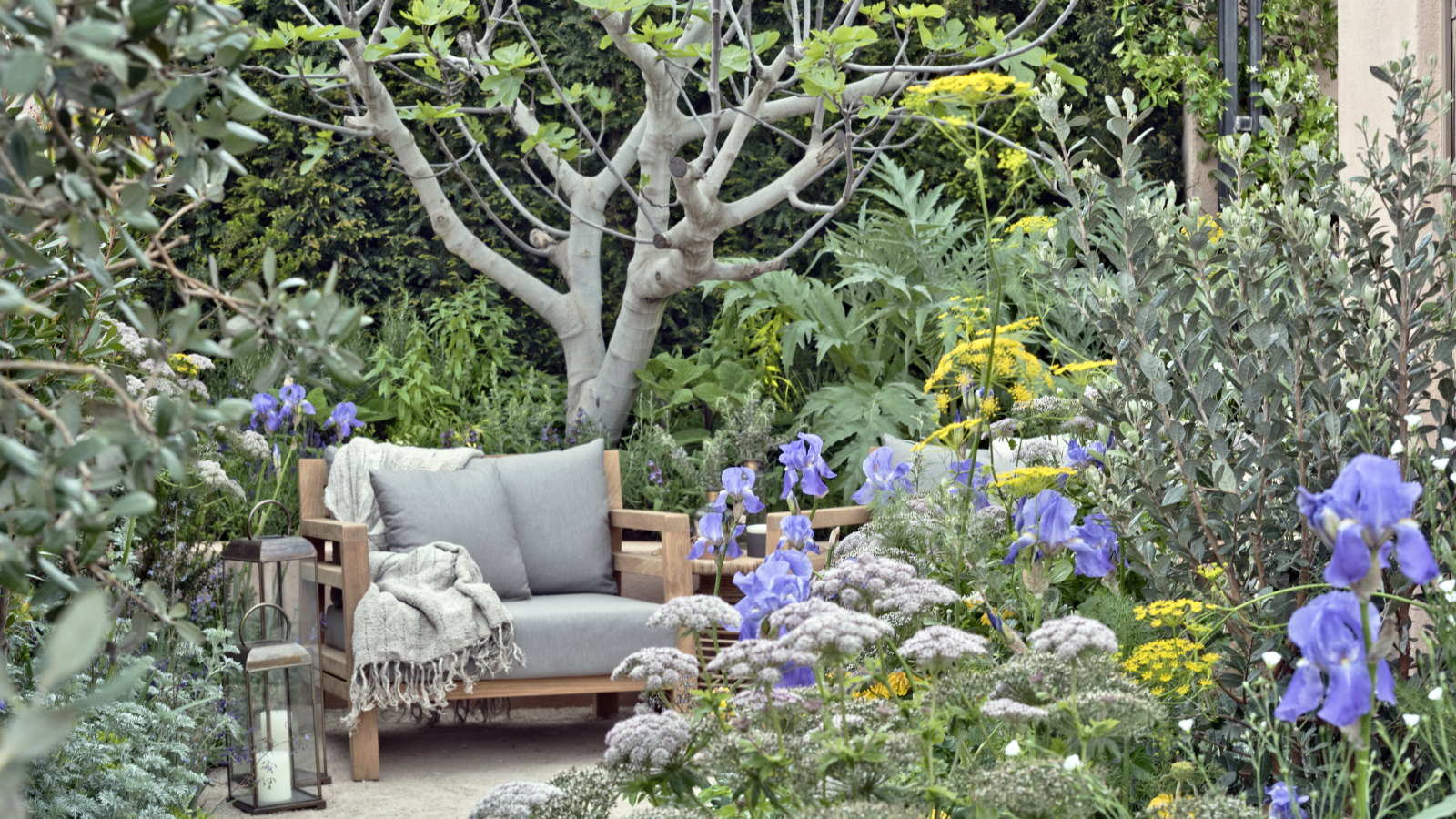 Horticulturists urge you to prune these 7 plants in April – for healthy growth and better-than-ever flowering displays
Horticulturists urge you to prune these 7 plants in April – for healthy growth and better-than-ever flowering displaysDiscover a key selection of plants to cut back this month, with expert pruning advice
By Drew Swainston
-
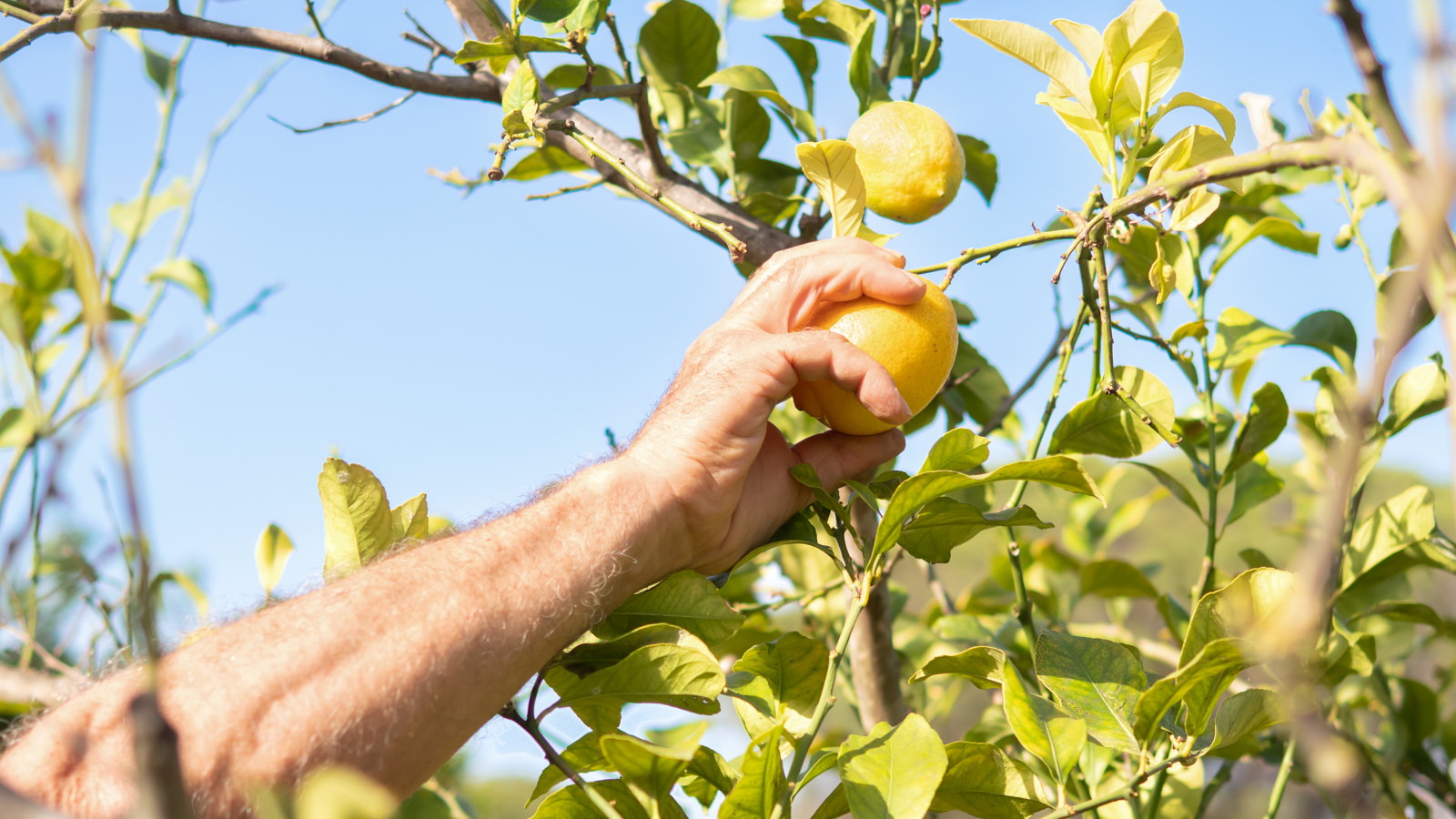 7 fruits to plant in April for years of tasty homegrown harvests, plus expert planting tips
7 fruits to plant in April for years of tasty homegrown harvests, plus expert planting tipsAn exceptional selection of fruit trees and soft fruit can be planted this month
By Drew Swainston
-
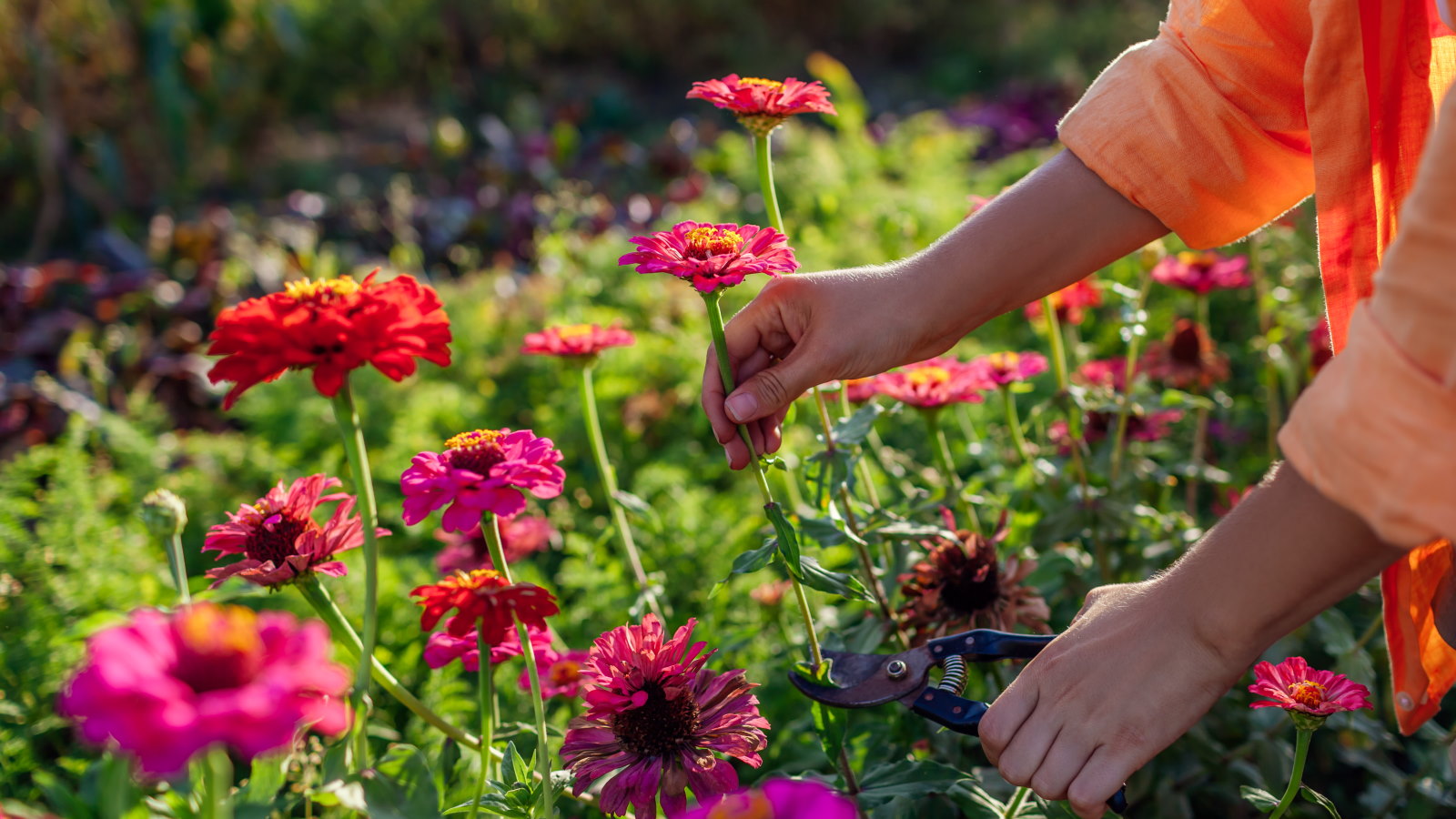 7 dazzling cut flowers to plant in April for bountiful blooms to enjoy in bouquets, vases, and displays this summer
7 dazzling cut flowers to plant in April for bountiful blooms to enjoy in bouquets, vases, and displays this summerDiscover sowing tips from an expert horticulturist
By Drew Swainston
-
 7 of the best vegetables to plant in April, with sowing tips from an experienced grower for bumper harvests
7 of the best vegetables to plant in April, with sowing tips from an experienced grower for bumper harvestsFrom broccoli to zucchini, April is a fantastic time to plant a wide range of vegetables
By Drew Swainston
-
 Best fragrant spring-flowering perennials – 5 charming choices to infuse delightful scent in your yard this season
Best fragrant spring-flowering perennials – 5 charming choices to infuse delightful scent in your yard this seasonSpring is full of so many beautiful aromas, uplifting our yards and making them an even more pleasant place to be
By Tenielle Jordison

